Seven Reasons Why You Should Edit Photos . . . because you ALREADY are!
Skrrrt, Reverse! Say what?
Did you know: If you’re taking photos on an iPhone or photographing JPEG, you are ALREADY editing your photos? Yup, it’s true.
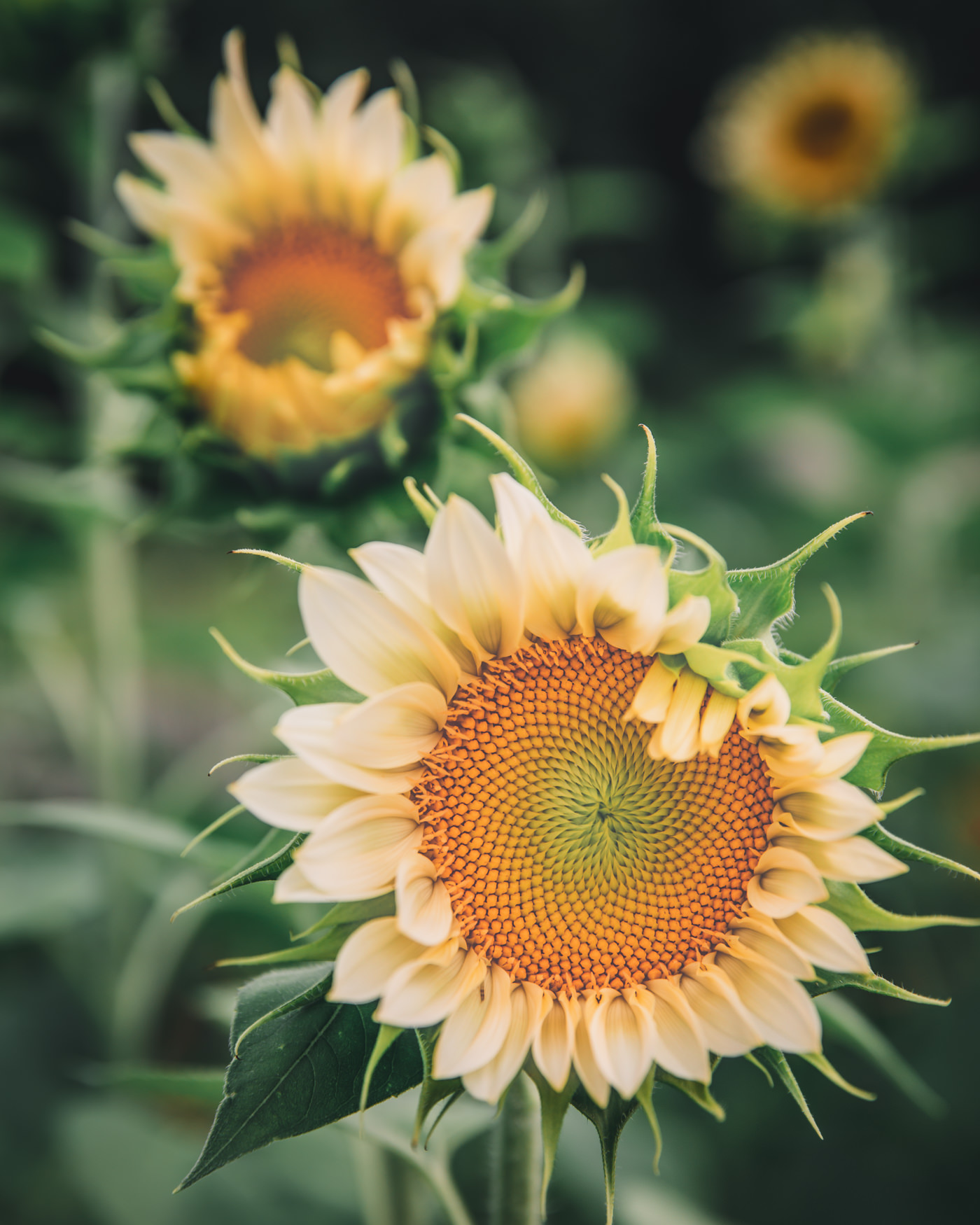
Edit Photos: Cliff Notes Version
This post goes deep. If you can’t read the whole thing, I got you. If that’s you, I want you to take away three things:
- Thing 1: Almost all photos we see are edited on some level. The question is whether we let our devices and cameras do it for us or take control of these edits in an intentional way.
- Thing 2: See Reason 1 as to why I think you should take control of these edits. This is really the only reason you need!
- Thing 3: If you’re convinced and want to know which edits I make to every photo, click here and I’ll email you the 8 most-common edits. P.S., this has little to do with style. These are powerful edits that most professional photographers use.
And if you want to dig deep with me? Let’s dive on in.
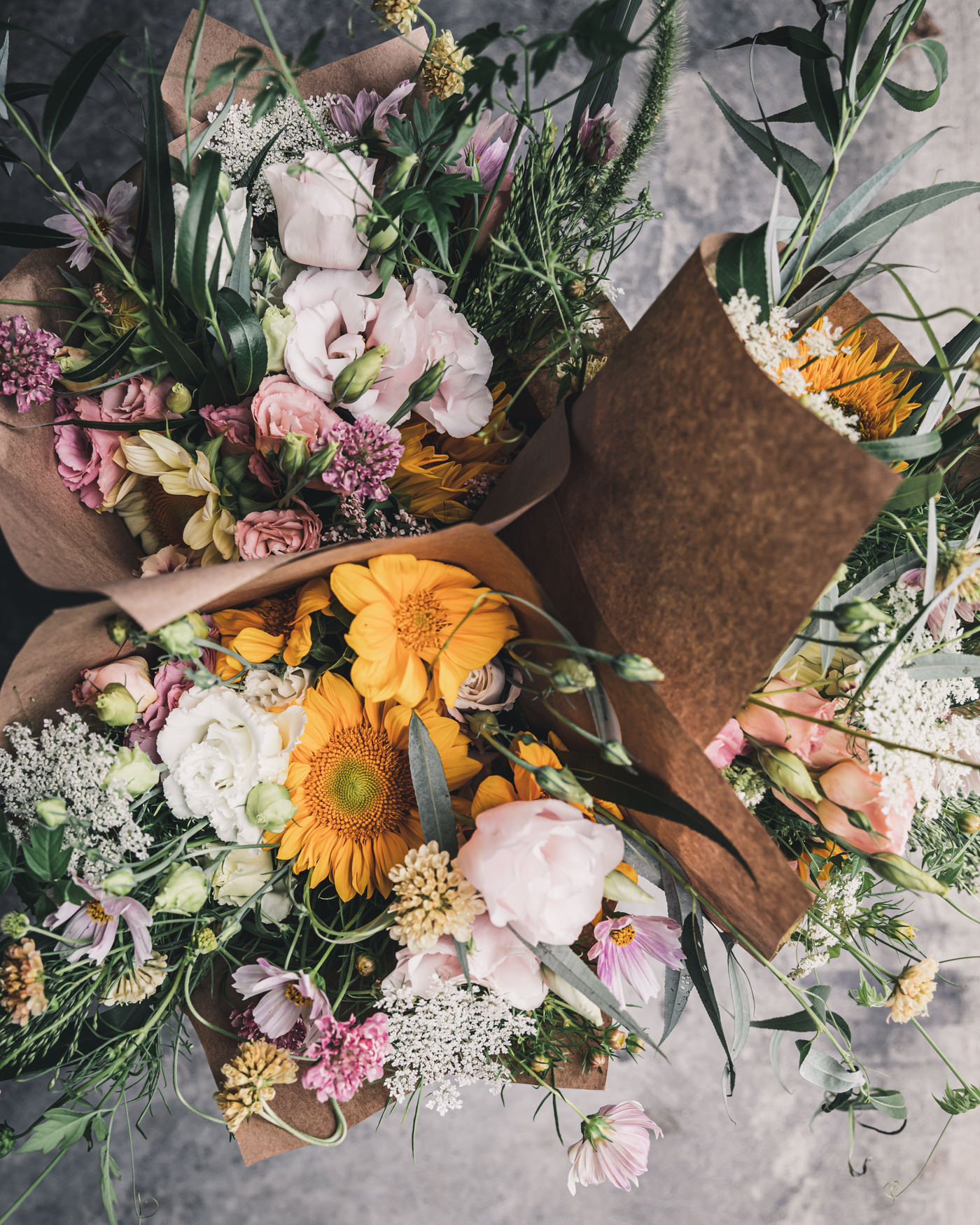
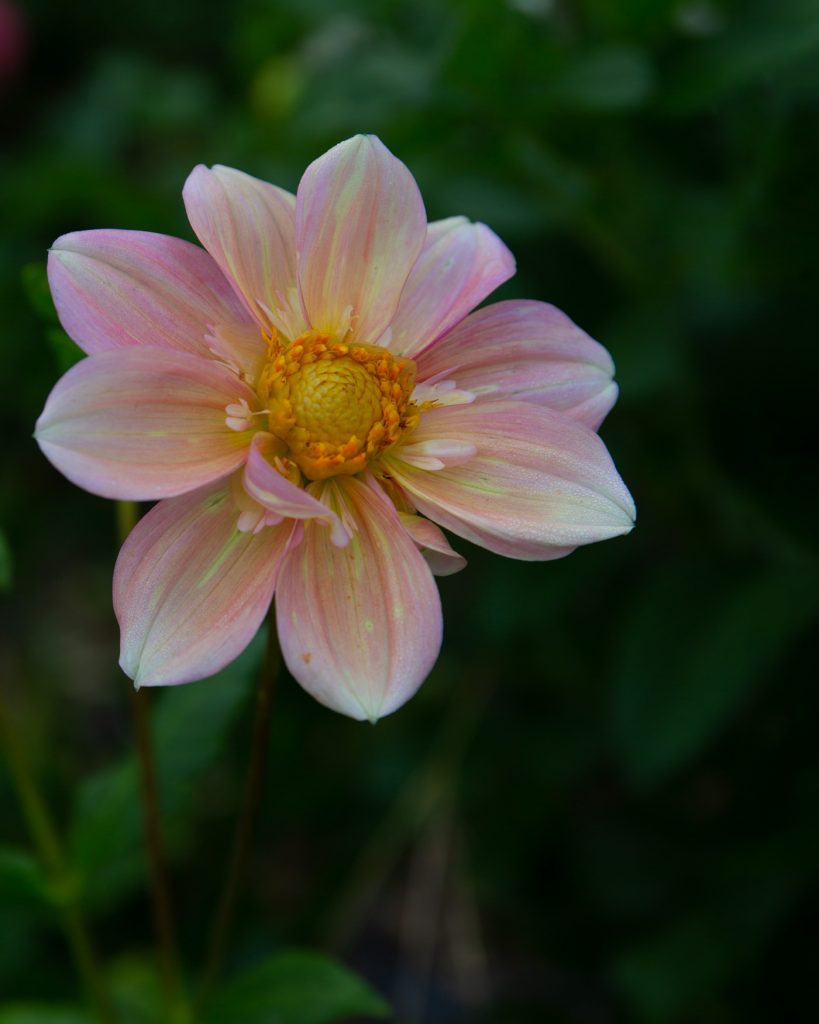
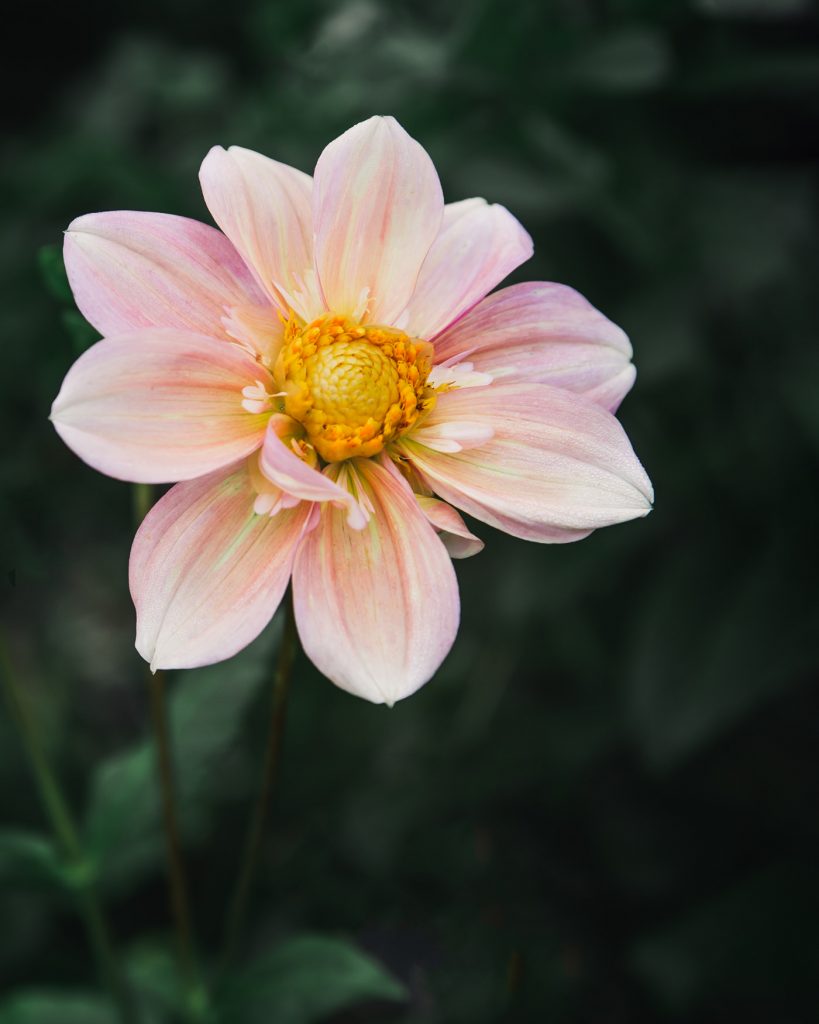
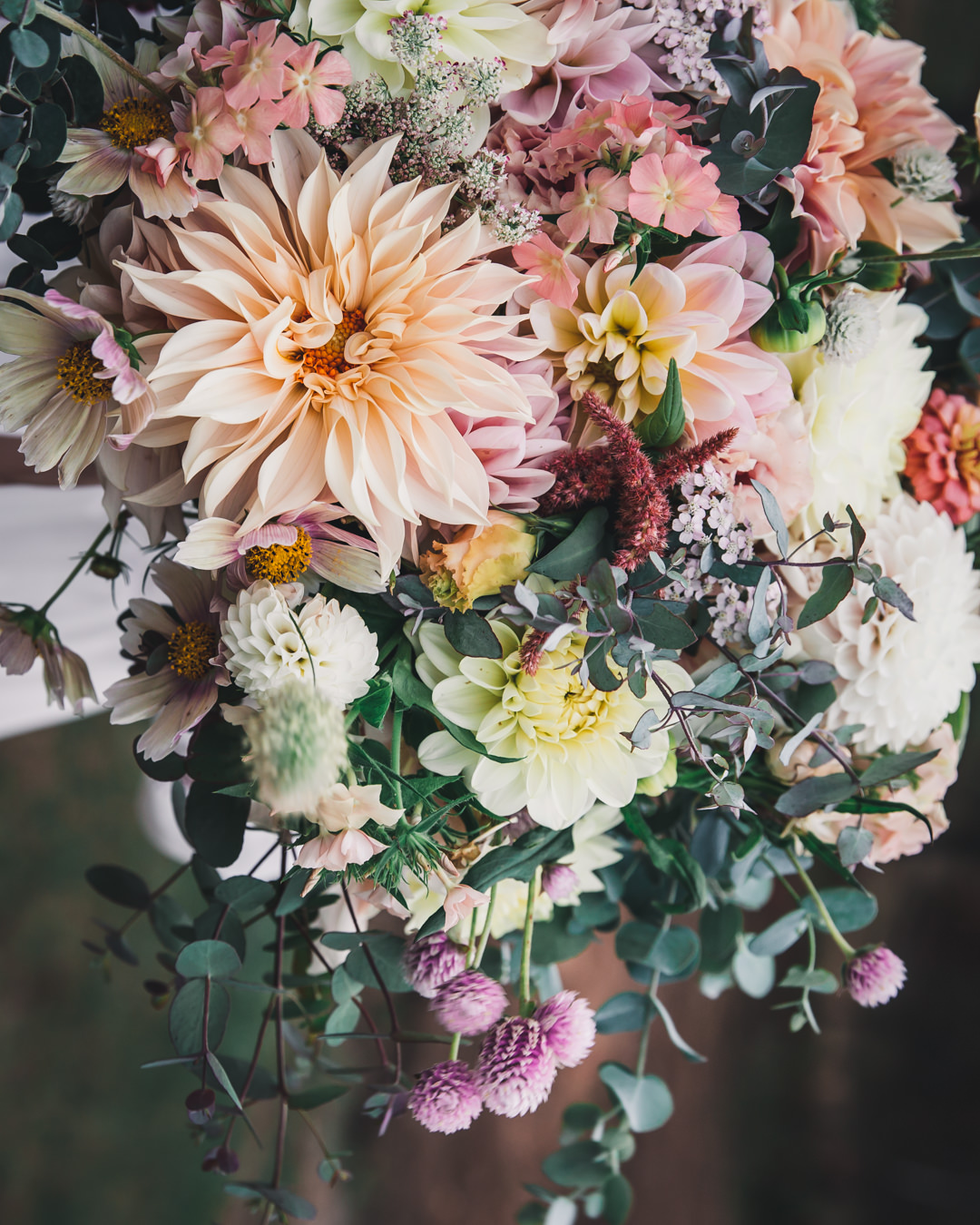
Guess What? We’re All Editing Our Photos
Before we dig in to why you should edit your photos, let’s dispel the “unedited” photos myth. This is especially important if you have any reservations that editing a photo will make it “unnatural.”
At its most basic level, an edited photo is an image that’s been altered from its original state. When people share a photo on social media saying that it’s “not edited,” in most cases, that’s simply not true️.
Smart Phone Auto-Enhancements
iPhones, for example, have auto-enhancement features prebuilt into the phone’s chip (psst, other brands have similar “enhancements”). These features are difficult (sometimes impossible) to remove. Maybe you’ve even noticed this? In my opinion, they are often oversaturated and contrasty, but dang, these cameras are getting SO good!
JPEG Compression & Settings
Similarly, if you’re photographing in JPEG, your camera (or phone) is taking the raw image data, compressing it, and converting to JPEG with your current settings. These settings are applying things like white balance, contrast, saturation, sharpness or more (heyooo, these are edits).
If you want to maintain all image data, you must photograph in Raw format. While photographing Raw isn’t right for everyone, I do because it gives me more control in post-processing.
Photo Edits: Taking Control
While none of the above is “right” or “wrong,” I wanted to dispel any notion that photos are more “natural” because they are “unedited” (because, erm, they likely *are* edited)! If your goal is images that appear natural, the best way to accomplish this is to understand your camera (whatever camera you have), lighting (especially lighting), and post-processing (whether you do it yourself or let your device do it for you).
So while we can debate stylistic choices or the extent of edits, we cannot debate the fact that most photos are edited on some level, whether we know it or not. I think you should take control of these edits, because when done right, they have the power to make your images more compelling and capture your viewer’s attention.
Studies find that high-quality and professional images consistently lead to higher engagement, help build trust, and increase conversion rates! One study found that high-quality pictures always lead to more engagement. I’ve linked to these further down.

You might be wondering: How much should I edit my photos?
While this is somewhat dependent on how well you captured the photo in camera, the most-accurate answer is that it is entirely up to you. I think of it like personal appearance: we can be anywhere from unkempt, anti-fashion (it’s 90s grunge, bro), to effortlessly chic (what, I woke up like this), all the way to totally overdone tabloid headline plastic surgery (is that where your eyebrow belongs?).
While there are certainly some fundamentals that most people would agree make a compelling photo, the editorial style is completely up to you. The idea is to be intentional about it, regardless of the editing style you choose.
Your photos are likely the first thing that your audience and potential customers are going to see. While I’m guessing that means you want to put your best foot forward, only you know what that means to you. While I am in no way the best photographer or editor, I am intentional about it. I want to be somewhere in the middle: put together, but in an “effortless” maybe even “mysterious” way. And once in a while, I want to go all out (pour me a bourbon and fire up that curling iron, baby)! I don’t always hit the mark, but I most certainly try.
Just like the right outfit can accentuate your assets, editing a photo can enhance your subject. While only you can decide how much gussying up is right for you, there are major reasons why you want to edit your photos.
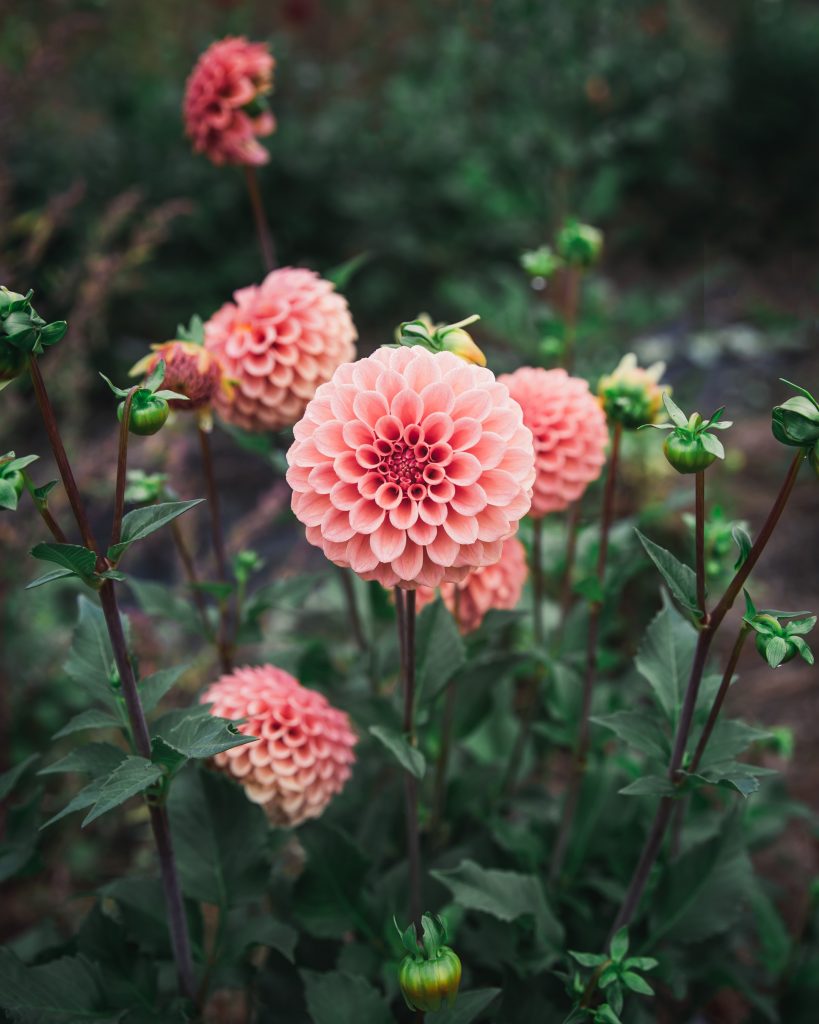
7 Reasons Why You Should Edit Your Photos
Before we finally dig in, proper photography in-camera first is a must and should be assumed!
1. YOUR Unique Story
If you only take away one reason to edit your photos, let it be this: it has the potential to set you and your business apart in a major way! While there are plenty of technical reasons why you should edit your photos, the most important is that when you apply your unique style you stand out from the crowd.
Look, almost anyone can take a photo an a smartphone or camera on auto and upload it to the internet (my three-year-old niece can legit use a smartphone). While in some ways this is magical, these images tend to look generic. You really need your subject to be a wow to grab your viewer’s attention. A bad@ss photo AND edits that draw the viewer’s eye to your awesome product, subject, or story? Now that’s an epic image that will capture the eyes of your audience.
Similarly, a professional photographer will no doubt provide you with amazing, professionally-edited images. But if you want your content to be consistent, you need to hire that photographer every time you have a new offering (or find one that has a similar style). Learning to photograph and edit photos yourself gives you more opportunities to tell your story in your unique way.
Challenge
I want you to think of a brand or account that you really love. Now, go look at their website and/or social media. What stands out to you? Really consider this question and why you’re drawn to this person or brand.
It’s likely something that’s very unique to them: their aesthetic, writing, story, innovation? I’m willing to bet they are shining a light on whatever sets them apart with high quality, intentional visual content. Maybe they can afford a team to create this content, or maybe they are creating their own. Either way, I’m willing to bet that if they made it to the top of your favorite list, their content is anything but generic.
Real-World Example
The famed flower farm Floret is a great example of this. Erin has commented on numerous occasions that good photography has been one of the biggest keys to the success of their business. And she’s not talking about hiring a photographer, either. She’s talking about how she and her husband learned photography in order to better tell their story. They have a very natural style, but make no mistake: these are intentionally-styled photos taken with professional cameras.
Erin and Chris also dedicate an enormous amount of time to their craft. Aside from education, Erin has commented that most days look like photographing at golden hour in the morning, working through the day, and then busting their cameras out again in the evening. Farmers are busy, but visual content is SO important! The images they capture not only help tell their story, they are also used for their blog, product photography, marketing material, and books.
Your Unique Story: Photo Edits Example
The point here? How we tell our story is just as important as what we’re producing, and no one can tell your story like you can! As Simon Sinek says, “People don’t buy what you do; they buy why you do it.” Taking your photography seriously can open up so many possibilities for your and your business. Learning photography and post-processing means that you can not only showcase your “what” but also your “why” in a way that only you can.
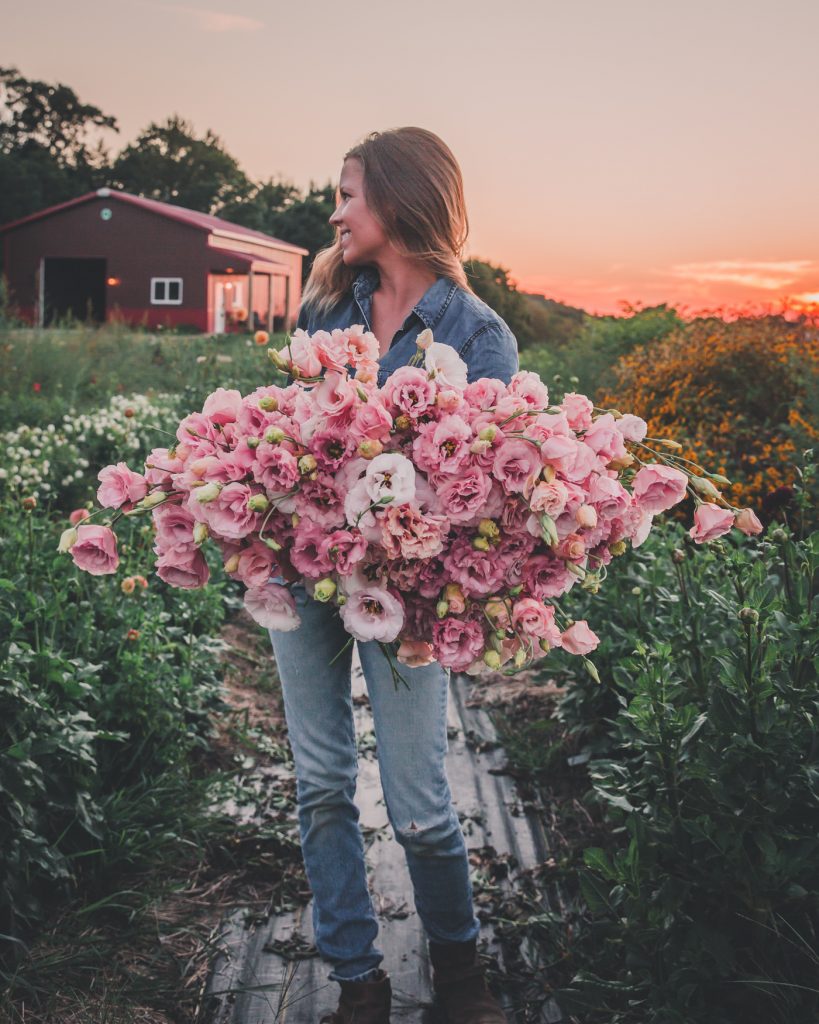
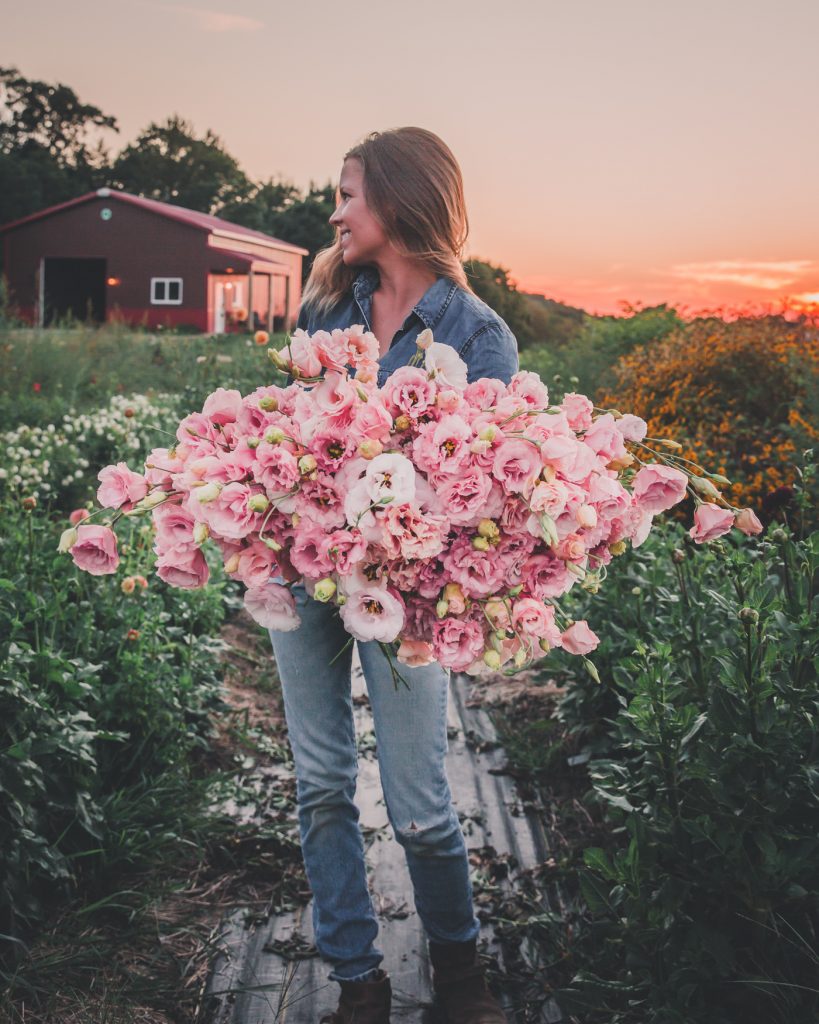
2. First Impression: Basics to Bangers
First impressions count just as much online. According to a study conducted by Harvard, it only takes a fraction of a second for users to formulate an opinion about a website, highlighting the importance of visual appeal. Inherently, we know this. We are visual creatures by nature and most of us have a “gut reaction” upon first impression (whether in person or online), even if we cannot pinpoint why.
Images make up 50% of website content, so appealing images are critical for making good first impressions. They are also the first thing people see on social media.
Think about it: A good image (or video) stops you in your scroll. And what do you do after that? You check out that user’s profile and grid (these are a collection of more images). In a matter of seconds, you make a decision about whether or not you’re going to follow them. You need to draw people in before you can convince them to act (sign up for your newsletter, buy your product, read your content, or engage with your account).
So, what makes an image appealing? While beauty is certainly in the eye of the beholder, studies indicate three major areas play a crucial role in engaging photos: light, color, and composition. All of these can be enhanced, corrected, and refined in post-processing. Increasing the light in certain areas of your image or adjusting crop/orientation to play on well-established composition rules can grab the attention of your viewer that may otherwise go unnoticed or scrolled on by.
First Impression Example
This was my most-liked photo in 2021, which tells me that it grabbed a lot of people’s attention. I love this because this picture is not of anything extravagant. It’s honestly stunted scabiosa I found in a patch of weeds! I believe it’s the edits I made in post-processing, like color correction, composition, exposure, masking, etc., that make this image compelling.
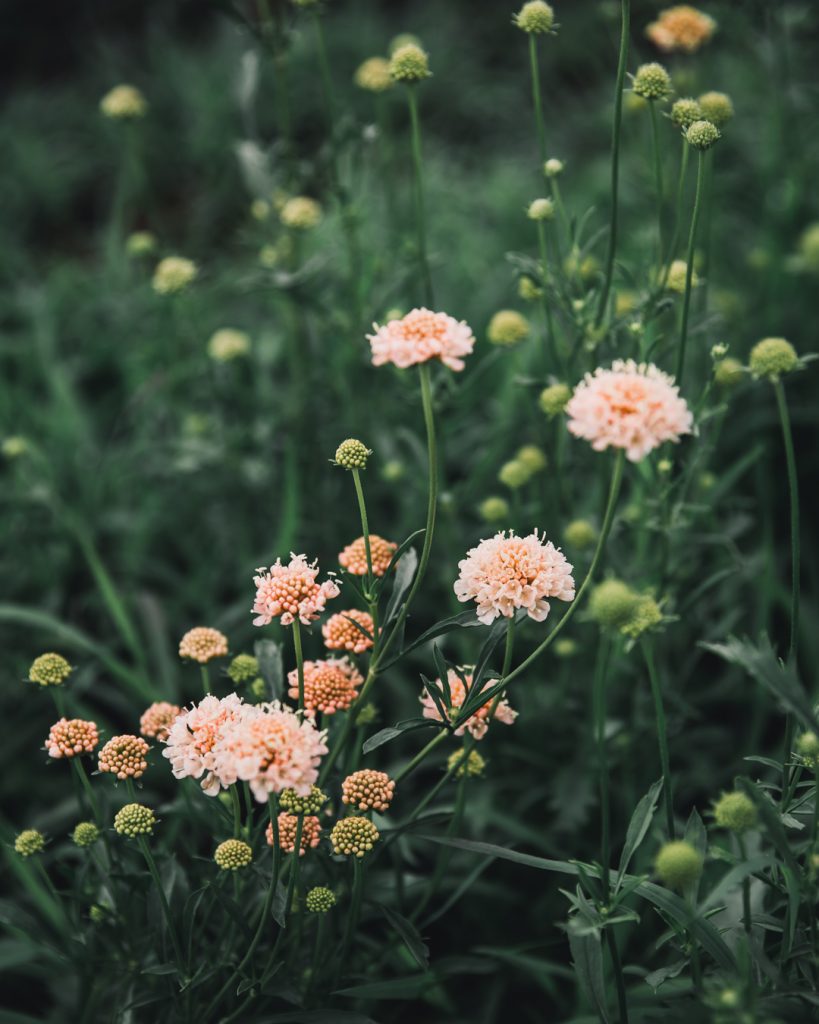
3. Draw Attention to Your Subject
Since we know it only takes a fraction of a second to formulate an opinion (and most of us have absolutely zero attention span), it’s crucial to draw attention to your subject. Your viewer needs to clearly understand what it is that you want them to see, and they need to understand it fast. There are many post-processing tools you can use to do this (enhancing directional light, increasing exposure on your subject, radial filters, cropping/composition, etc.).
When it comes to selling products, research indicates that consumers prefer a subject with more contrast and a background with less contrast (and free from distractions). In editing software like Lightroom, contrast can be applied to an entire image globally or to a subject locally. Further, powerful healing brushes can remove distractions like dust or discrepant objects that detract from the subject.
Similarly, achieving the ideal edge density is surprisingly important for Instagram images. What surprised me the most about this study’s findings was that people tend to be more forgiving when color or luminance is slightly outside of the ideal level. However, when edge density increases or decreases from the optimal level, likes decline immediately.
While subjects generally have clear edges that define their boundaries, you can adjust the appearance of edge density with contrast, sharpness, and even color and texture.
Subject Photo Edits Example
When selling our dahlia tubers, my goal is to showcase the flower in a clean way. In the photo below, you can see the edging is very clear. The flower is the focal point, the background is soft and clean (you can see I’ve even removed some distractions in the background). I also warmed the photo and sky up slightly, because the hazy day created a cool overcast. While I don’t like to mess with the colors of flowers we’re selling (in order to represent them accurately), I will increase things like exposure on the flower to give it a little pop!
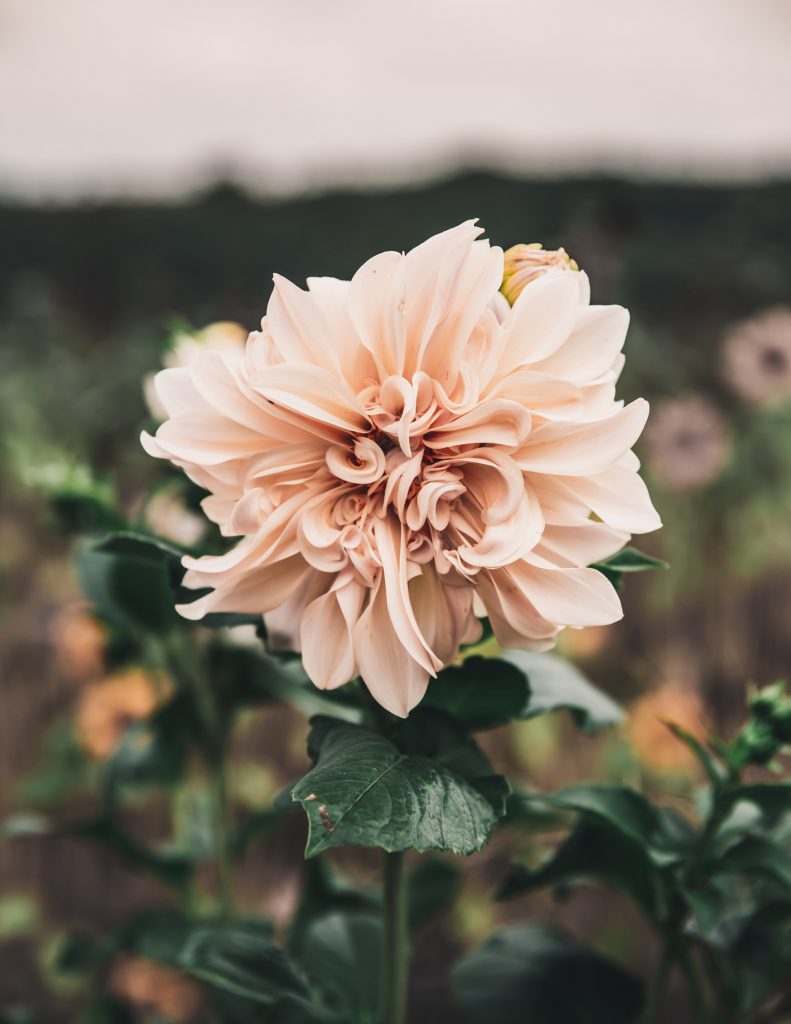
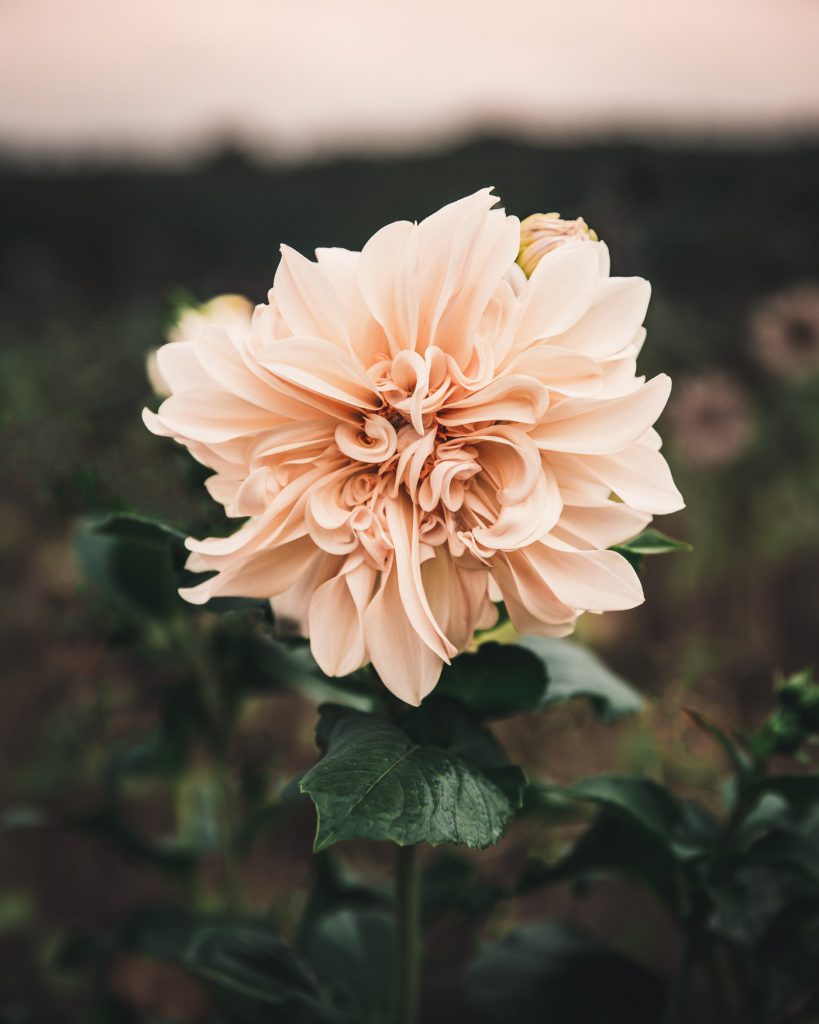
4. Engagement: Almost (Insta) Famous, Miss Penny Lane
While there are many factors that result in an engaged audience, visual content is what first grabs a viewer’s attention.
Don’t hate me, but I actually enjoy Instagram! While Insta is not the most important tool in our business, we would not be where we are today without it. It’s like this awkward thing we all complain about but we are all playing the game.
For businesses, Instagram is a tool: a tool to connect with and serve your audience, which can drive results for your business, regardless of follower count. Results come from an engaged audience, not more followers.
You want peeps that will hang with you OFF the app (places like your website, your newsletter, etc.). You need to engage people in order to achieve that! While there are accounts for just about every aesthetic, high-quality content like professional-looking images tend to lead to higher engagement, at least according to the research.
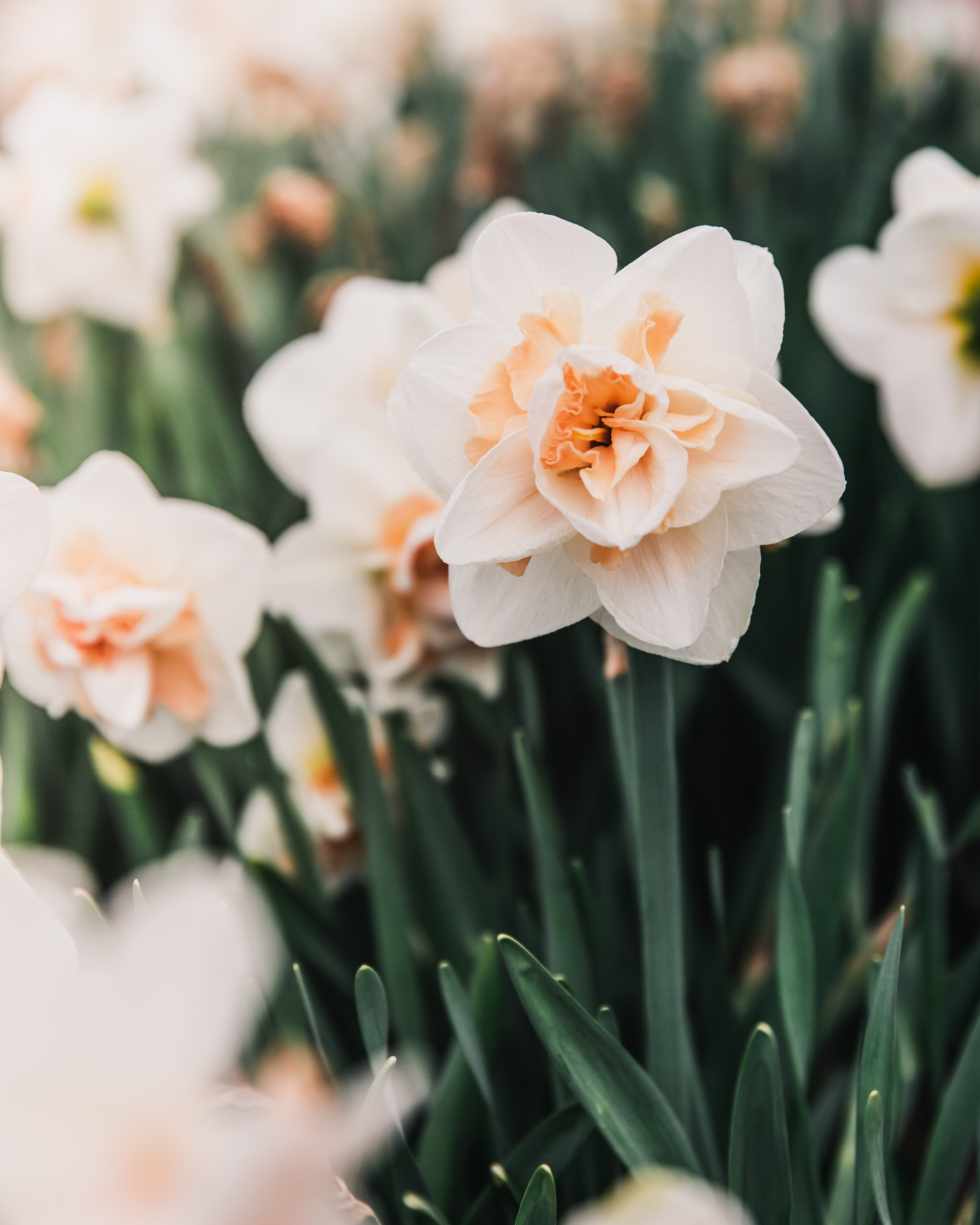
Engagement & Photo Edits: The Research
Recent research on Instagram images found that certain factors drive engagement, many of which can and should be adjusted in post-processing. Things like color, luminance, edging (contrast), saturation, and symmetry have a direct impact on engagement.
And how about this summary from research done at Baylor University?
We find that high-quality and professionally shot images consistently lead to higher engagement regardless of platform or product category. As one can imagine, it is hard to come up with an objective definition for picture quality. We solved the problem by hiring research assistants to rate picture quality manually. The pictures rated as “high quality” generally have a clear-cut theme subject, follow composition rules, and have proper lighting and high resolution. In terms of picture source, we have considered photos shot by professional photographers, amateurs, and screenshots. Among the three sources, screenshots attract the least engagement while professionally shot photos are the most preferred.
Engagement: Do You Need Professional Photos for Social Media?
Does this mean that you can’t grow an audience if you don’t have professional photos? Absolutely not! Personally, I think the best thing you can do on social media is simply show up consistently as your authentic self. However, I also think that improving the visual aspects of your brand and business helps further engage your audience.
Similarly, I don’t believe you need to be a professional photographer to get professional-looking photos. Professional images also don’t necessarily mean an overly-curated feed. What I do think it means is that we’re super intentional with our content, so we can create a recognizable brand to better connect, relate to, and serve our audience.
Engagement: Learning Photography
Learning photography and editing requires practice, but it’s worth its weight in gold! If you’re playing the social media game, there’s always a need for a more content and a variety of it. Why not make it fun as a way to express yourself and your creativity?
I’d rather invest in learning how to do this myself than pay a photographer to do it for me once or twice per year. This not only allows you to capture your work regularly, but also share more of YOU! Remember: Social Media is about connection. Creating captivating images allows you to share more about your life and business, beyond what you sell.
As an interesting side note, an analysis of over 102 million Instagram business posts found that smaller accounts get the highest engagement from carousals (i.e., posts with multiple images), reiterating the importance of more high-quality content. Psst, for smaller accounts, carousals even beat out video, but you can create Reels with images too!

5. Color
Color has a major impact on our perception. If color is not accurate, we instantly sense that something is off, even if everything else is technically fine.
Perhaps one of the most interesting demonstrations of how color affects our perception was a study mentioned in the book Fast Food Nation. This study found that color had a great effect on people’s appetites. Test subjects were placed in a room with special-colored lighting and then given a plate of steak and fries to eat. In the setting, the food appeared to be a normal color and the participants had zero issue. Only after the special lighting was removed, and it was revealed that the steak was blue and the fries were green, did some participants become ill.
While this is an egregious and obvious example, when color or white balance is off, our spidey senses tell us something is not quite right. Similarly, we tend to find certain color schemes to be more appealing than others. According to this study, images with a few easily-identifiable colors and a somewhat-muted palette tend to be the most likable on social media.
If I’m honest, I don’t create with “likeability” in mind. Creating from this mindset tends to smother creativity. However, while researching for this article, I found it hopeful that the fundamentals of art/photography are also what seem to appeal to social media users, and that art on these platforms is still very-much alive. I think if we create from a mindset of improving our craft, everything else falls into place.
When it comes to accurate color, camerea sensors are amazing, but they’re not perfect. They don’t always capture color correctly. Many things can impact white balance or color cast of an image, anything from the time of day or even the clothes we’re wearing (light bounces and bright clothing can reflect color on our images).
Photo Edits: White Balance Example
Editing software like Lightroom can correct overall white balance and hue and there are even tools that isolate and adjust individual colors!
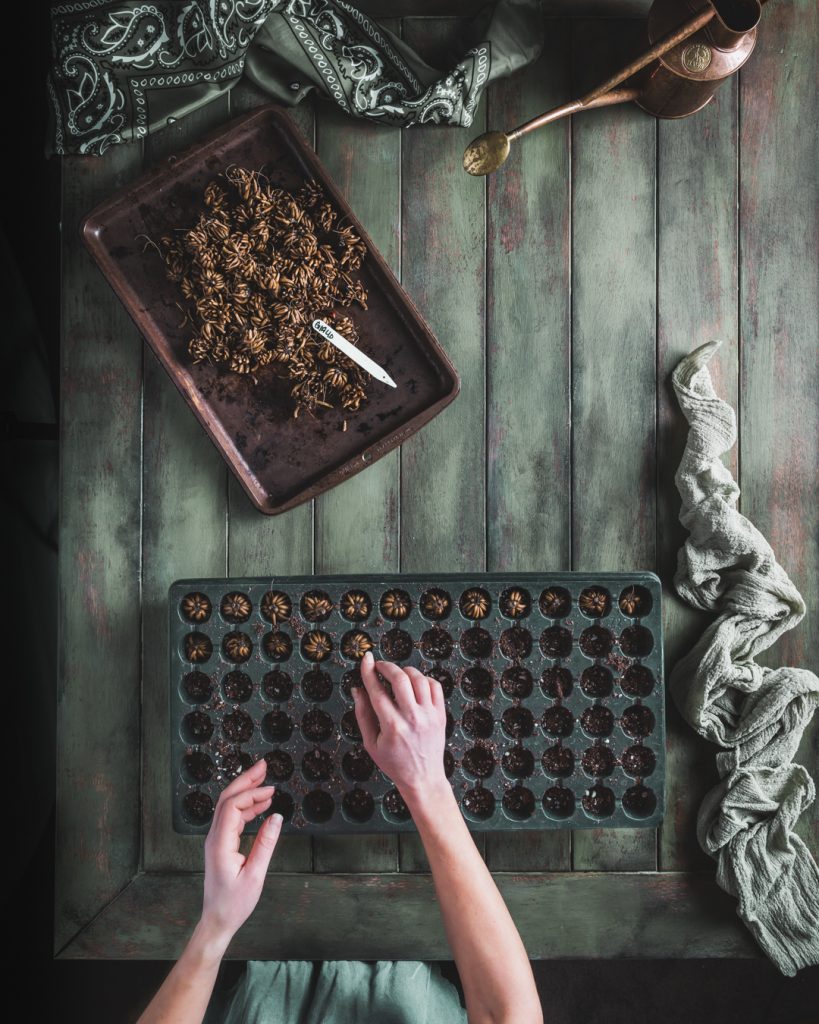
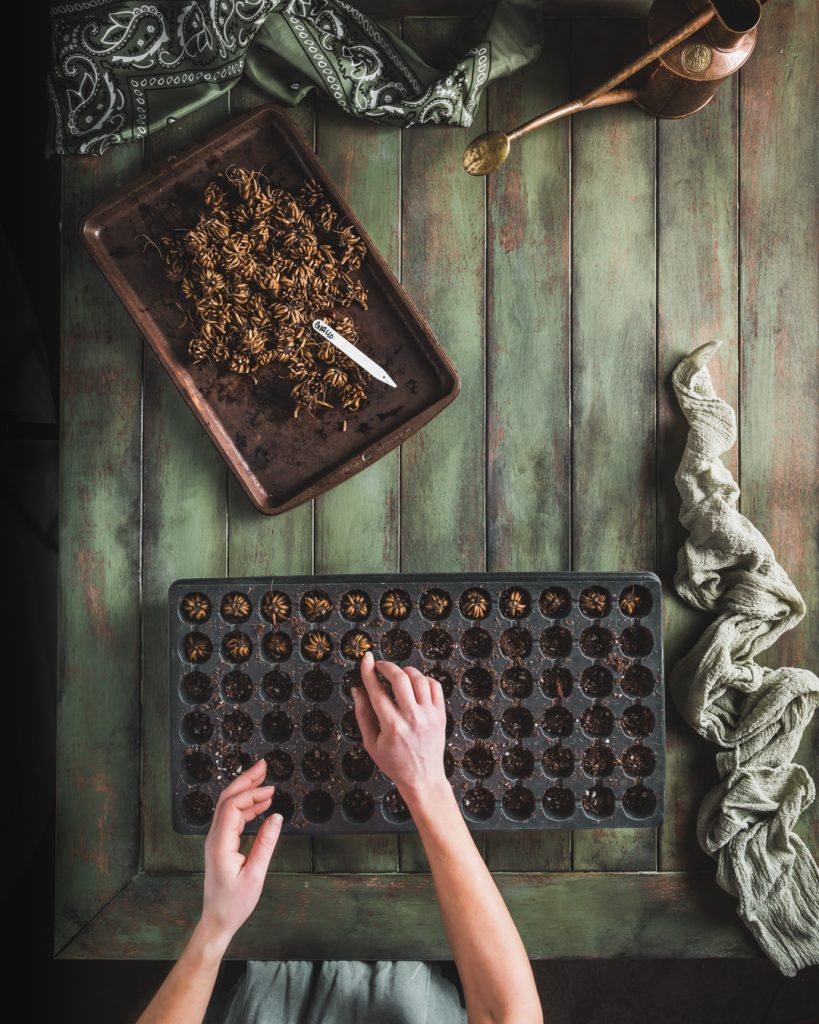
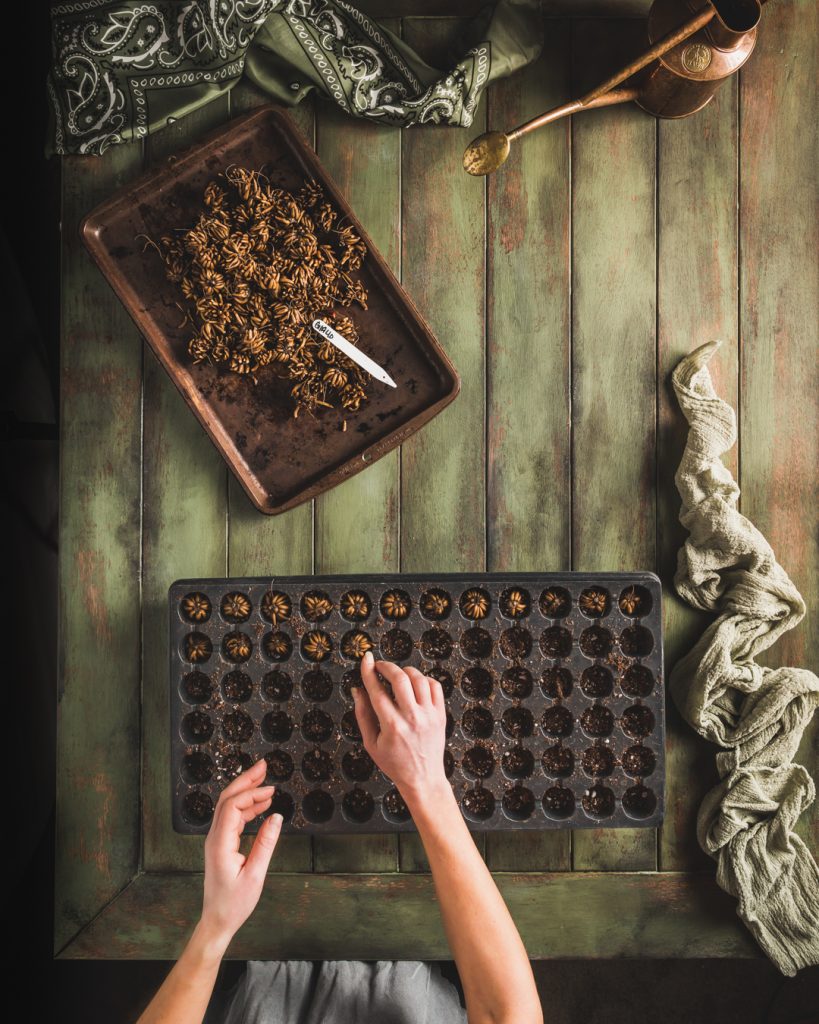
6. SEO: Make Google Your Friend
While I’m not going to dig into technical SEO (because SEO is a BIG topic), it’s important to mention. You want Google to invite you to their search party. According to Neil Patel, using original, quality images can improve your ranking with Google, because it helps establish you as an authority.
Furthermore, if you’re taking edits into your own hands, you must make choices when exporting, like file type, size, and name. These ALL impact SEO. File type and size affect how fast your webpages load, which directly impacts Google rankings. Naming your images properly increases the chance they’ll show up in Google search.
And guess what? Surveys indicate that 60% of consumers are more likely to consider or contact a business with images in local search results. And do you know what drives a consumer to click on that image? A beautiful and engaging photo!
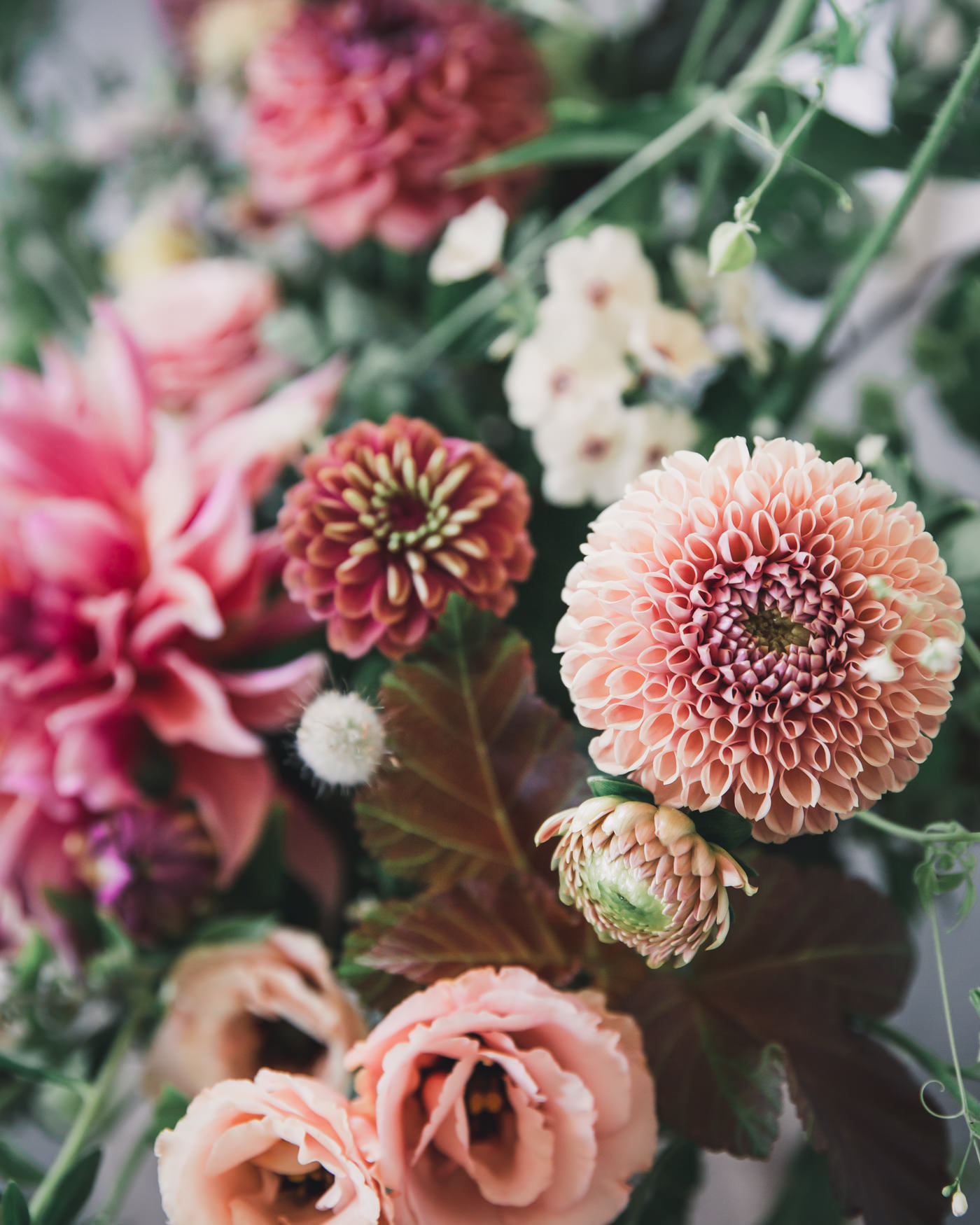
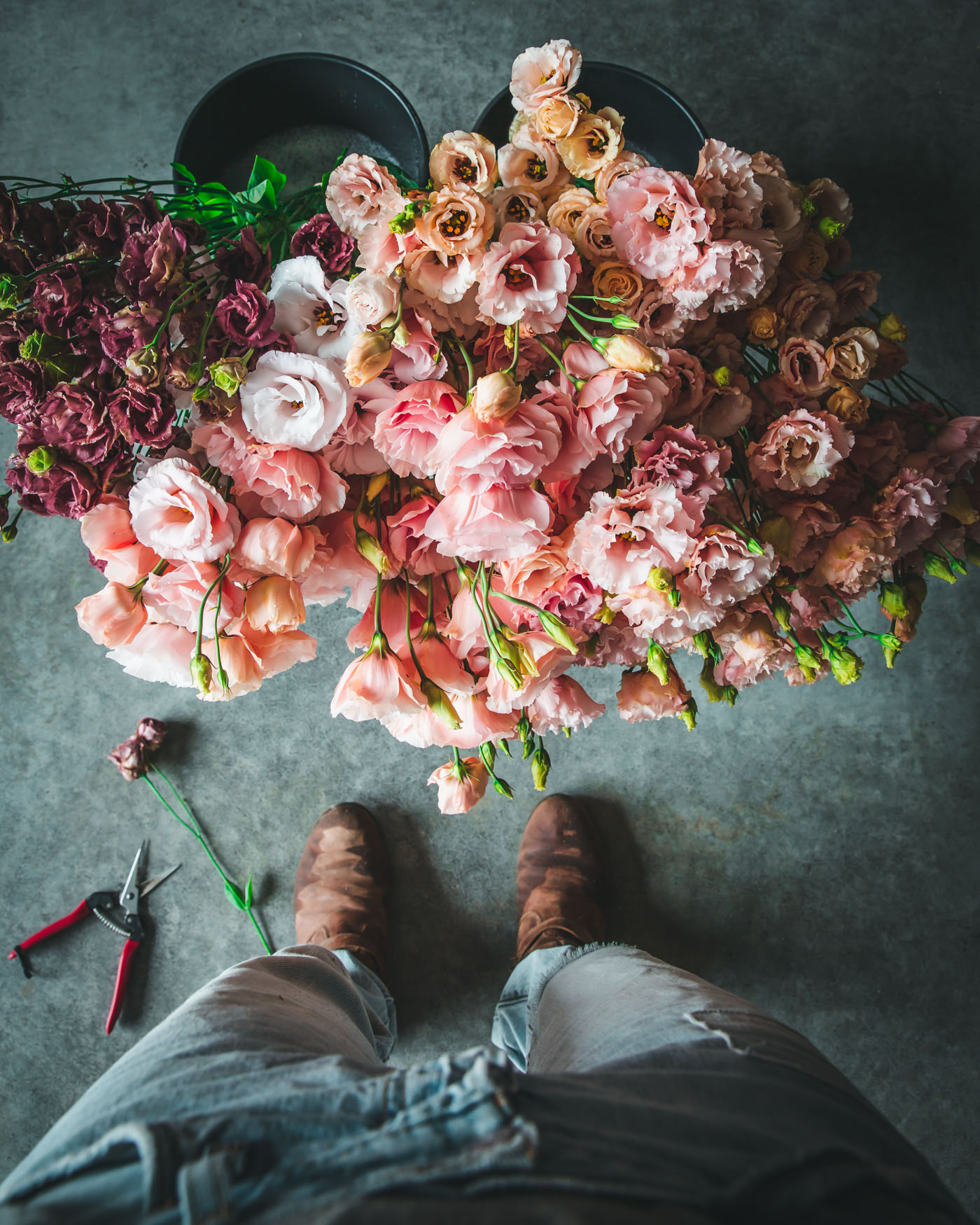
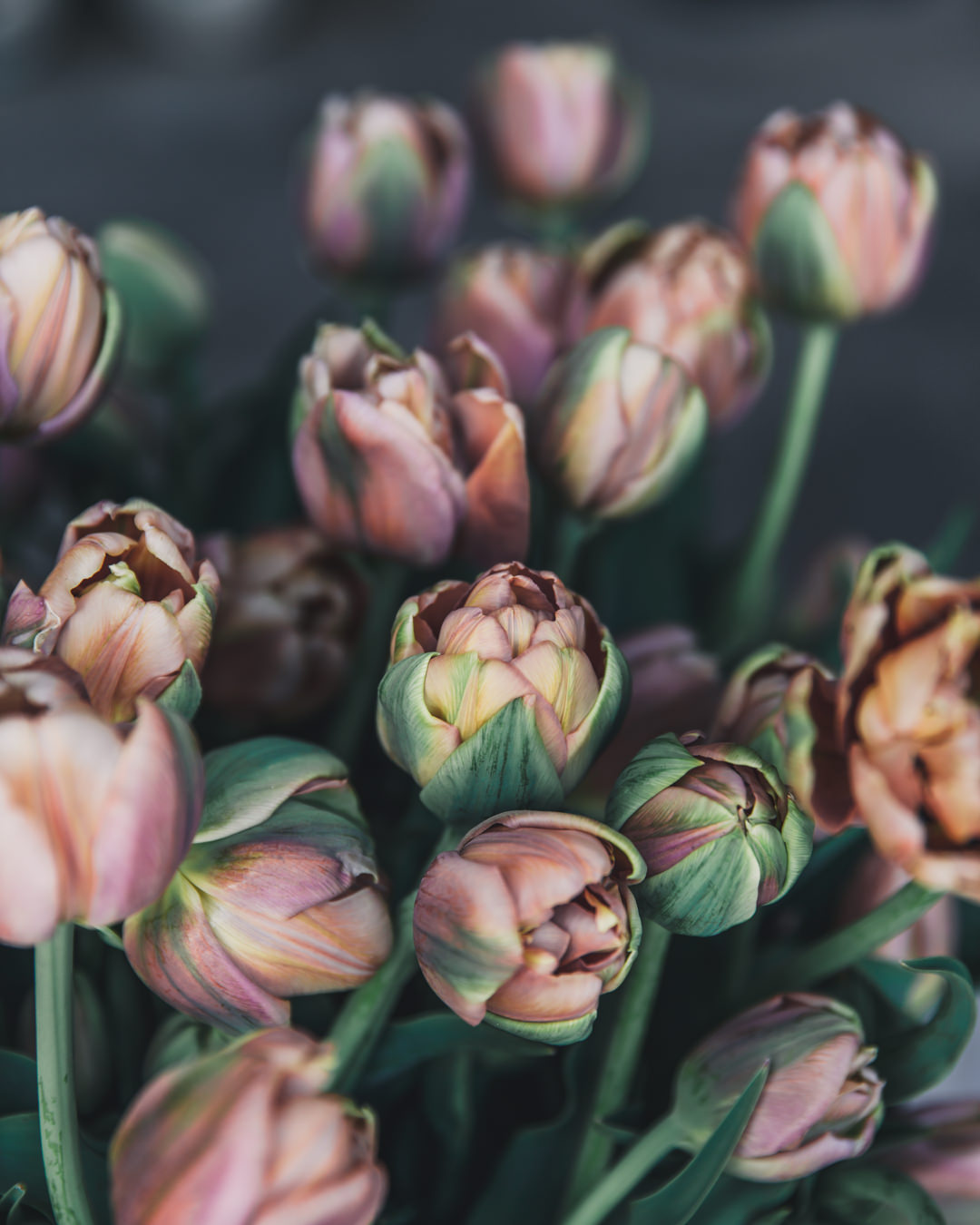
7. Consistency (Branding Recognition + Trust, Trust Baby)
Good branding is all about consistency. Post-processing allows you to create a consistent look and feel to your images. One of the best compliments I can receive is when someone tells me that when they see my images, they instantly know they are mine. UGH, it feels SO good!
Consistency not only creates brand awareness, but it also creates trust with your community and audience. And trust is huge! According to Cornell research, increasing the number of high-quality images helps build trust with consumers and increases conversion rates.
Interestingly, this study also found that perceived value of a product is directly correlated with the quality of an image (and not necessarily the product, itself). That’s wild! If I had to guess, it has something to do with the old adage, “how you do one thing is how you do everything.” If the product is high quality, it’s reasonable to assume that the seller would want to invest in high-quality images to represent that product. And again, this gets back to trust, because the seller is essentially saying to the viewer that they value quality in all aspects of their business.
If you want consistent visuals, you either need to hire a photographer with a similar look/feel to your own (and continue to hire them), or learn how to create consistent images yourself.
Photo Edits: Presets Example
If you’re editing in software like Lightroom, you can save your most-common edits into a preset that you can then apply to all of your images for a consistent look and feel (and to speed up your workflow).
If you’re new to Lightroom, you can also purchase presets. Applying a preset is a great way to learn how edits affect an image. There are many amazing presets available for a wide variety of styles. If you like a moody, vintage style like me, you can check out my presets here.

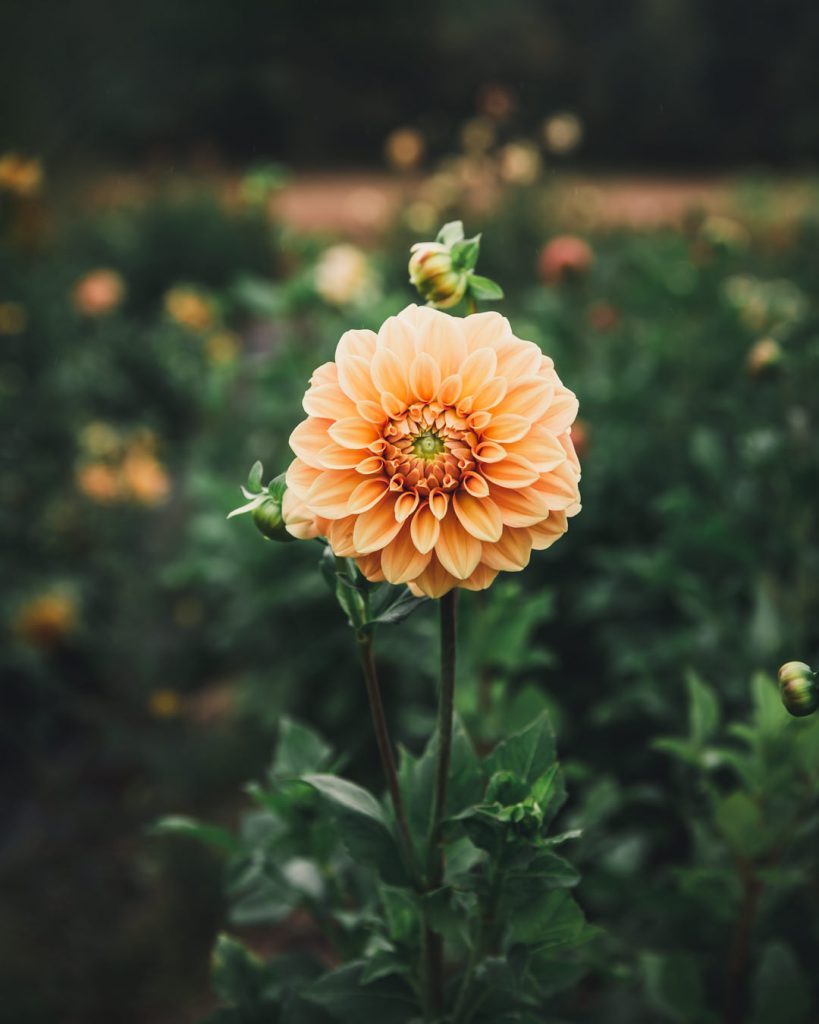
Conclusion
OK, that’s it! Maybe I’ve convinced you that producing high-quality images for your business is worth it, and now you’re wondering: where do I start? Well, I have a lot more to share on the subject, so stay tuned!
But to get you started, I created a little freebie: 8 Edits I Make to Every Photo. This guide outlines the baseline edits I make to every photo in order to create high-quality, consistent images for my business. Sometimes it helps me to see what others are doing in order to figure out how to apply them to my own business, so I thought I’d share exactly what I do!
And if you want more content on photography, social media, websites, or branding? Let me know! Leave a comment, send me an email, or share this with your pals. All of these things let me know that you find this content helpful.
Pin it for later!
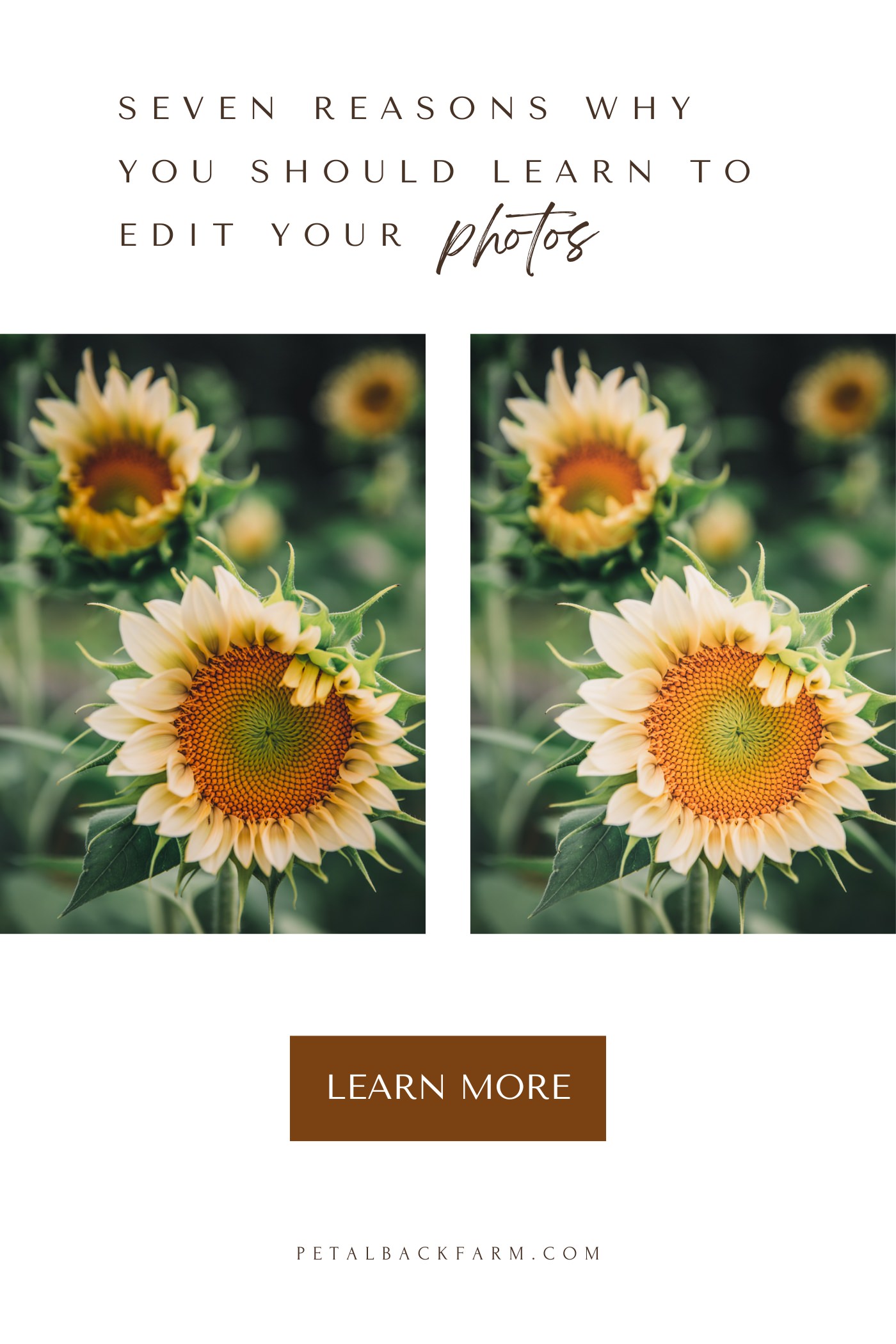
I agree with your great and creative article. I got effective ideas on photo editing. Thanks!
This is true. An iPhone or other JPEG camera automatically adjusts white balance, contrast, and saturation. This improves photo aesthetics. Thanks for the share!
Hey,
This is a very informative and unique article/guide on photography. Your research on photo editing is very impressive. .
Founder: https://reminiapkking.com/